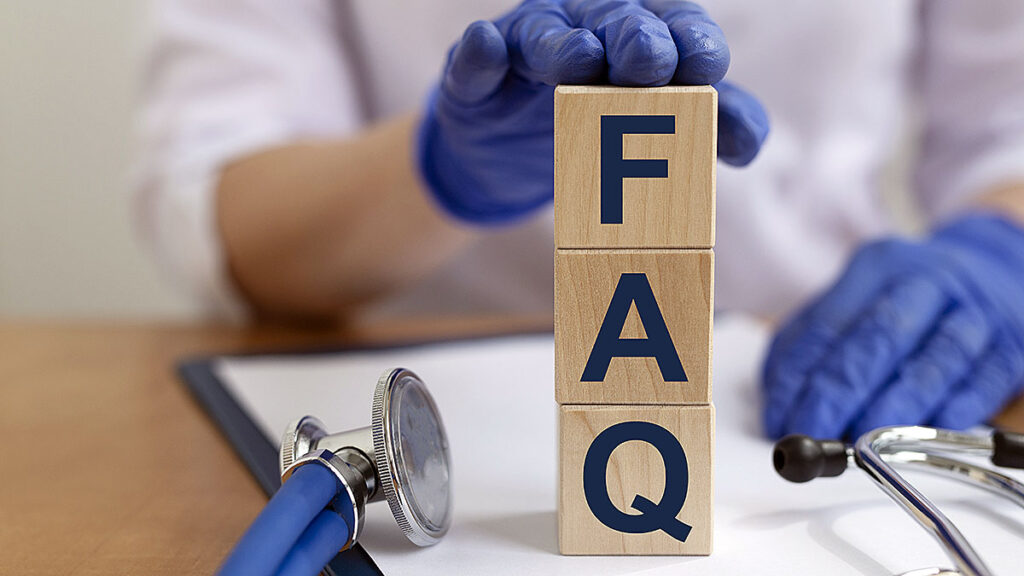Get answers to common questions about pacemakers, ICDs, and CRT devices and learn how they help manage cardiac arrhythmias effectively.
Understanding Cardiac Rhythm Management Devices
Cardiac rhythm devices like pacemakers, implantable cardioverter defibrillators (ICDs), and cardiac resynchronization therapy (CRT) systems play a vital role in treating arrhythmias. These devices help regulate abnormal heart rhythms, preventing complications such as fainting, heart failure, or sudden cardiac arrest. For patients and caregivers, understanding the differences between these devices can be crucial for making informed decisions.
FAQs About Pacemakers
Pacemakers are one of the most widely used devices for managing bradycardia, a condition where the heart beats too slowly. Below are some common questions about pacemakers:
- What does a pacemaker do? A pacemaker sends electrical impulses to the heart to maintain a normal heart rate. It is typically used for patients with bradycardia or heart block.
- How is a pacemaker implanted? The device is implanted under the skin, usually near the collarbone, during a minimally invasive surgical procedure. Leads connect the pacemaker to the heart.
- Are pacemakers noticeable? Modern pacemakers are small and discreet, often not noticeable under clothing. Most patients quickly adapt to having the device.
- What limitations will I have after implantation? Most patients can resume normal activities within a few weeks, though they may need to avoid strong electromagnetic fields and certain medical imaging procedures like MRI.
- How long does a pacemaker last? Most pacemaker batteries last between 5 to 15 years. Your healthcare provider will monitor its functionality during routine check-ups.
- Can a pacemaker be upgraded or replaced? Yes, pacemakers can be replaced or upgraded as needed. This process typically involves a less invasive procedure compared to the initial implantation.
FAQs About ICDs (Implantable Cardioverter Defibrillators)
ICDs are life-saving devices designed to prevent sudden cardiac arrest by delivering shocks to correct dangerous heart rhythms. Here are answers to key questions:
- What is the primary purpose of an ICD? ICDs monitor heart rhythms and deliver electrical shocks to restore normal rhythm if a life-threatening arrhythmia occurs.
- Who typically needs an ICD? Patients with a history of ventricular tachycardia, ventricular fibrillation, or those at high risk for sudden cardiac death may benefit from an ICD.
- How does an ICD differ from a pacemaker? While pacemakers regulate slow heart rates, ICDs are designed to address rapid or irregular rhythms. Some devices combine both functions.
- What does it feel like when an ICD delivers a shock? Patients describe the shock as a sudden jolt, which can be uncomfortable but is often lifesaving. Discussing expectations with your healthcare provider is essential.
- Can an ICD prevent all arrhythmias? ICDs are highly effective for preventing sudden cardiac death from dangerous arrhythmias but may not manage less severe conditions like AFib.
FAQs About CRT (Cardiac Resynchronization Therapy)
CRT devices are advanced pacemakers that help improve the efficiency of the heart in patients with heart failure. Here’s what you should know:
- What is CRT, and how does it work? CRT uses electrical impulses to synchronize the contractions of the heart’s ventricles, improving blood flow and overall heart function.
- Who is a candidate for CRT? Patients with heart failure and evidence of dyssynchrony (when the heart’s ventricles don’t contract together) are often candidates for CRT.
- What are the benefits of CRT? CRT can improve symptoms of heart failure, enhance exercise capacity, and reduce hospitalizations. It may also improve survival in certain patient populations.
- Can CRT be combined with other devices? Yes, CRT can be integrated with an ICD for patients at risk of sudden cardiac arrest, offering dual benefits in a single device.
- What are the risks associated with CRT? As with any procedure, CRT implantation carries risks, including infection, lead displacement, or device malfunction. Regular follow-ups are crucial.
- How soon can patients notice improvements with CRT? Many patients experience symptom relief within weeks of implantation, though individual results may vary.
Common Concerns About Cardiac Devices
Patients often have concerns about living with cardiac rhythm devices. Here are answers to some frequently asked questions:
- Are these devices safe? Cardiac devices are rigorously tested and approved by regulatory bodies like the FDA. While complications are rare, your healthcare team will monitor you closely.
- Will I feel the device working? Most patients don’t feel their device functioning during normal operation. However, some may notice sensations during therapy delivery, like a jolt from an ICD.
- How long do these devices last? Battery life varies by device but typically ranges from 5 to 15 years. Regular check-ups ensure timely replacement when needed.
- Can I travel with a cardiac device? Yes, most patients can travel without restrictions. Be sure to carry your device identification card and inform airport security staff.
- What happens if the device malfunctions? Device malfunctions are rare. If they occur, your healthcare team will assess the issue and take corrective action, which may include reprogramming or replacement.
- Can cardiac devices be affected by electronic devices? While rare, strong electromagnetic fields from devices like industrial equipment or MRI machines can interfere with device function. Always inform medical staff about your device.
Consult Your Cardiologist
Choosing the right cardiac device involves close consultation with your healthcare provider. Factors such as your medical history, type of arrhythmia, and overall health will determine the most appropriate device for you. Regular follow-ups are essential to ensure your device functions optimally and to address any concerns. For a personalized evaluation and expert care, schedule an initial consultation with Dr. Adam Budzikowski today.
A Riley Publication
Medically Reviewed By: Adam Budzikowski, MD, PhD
